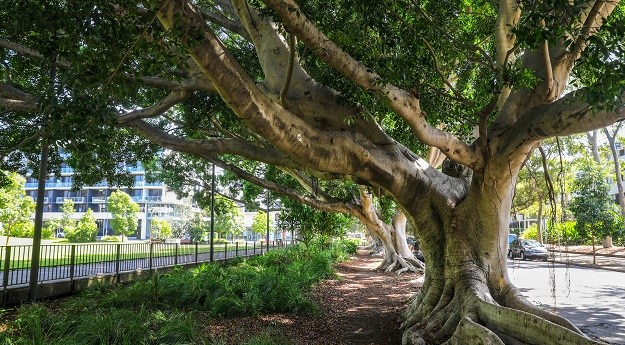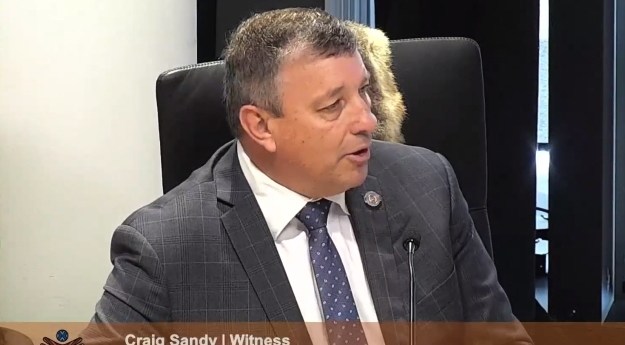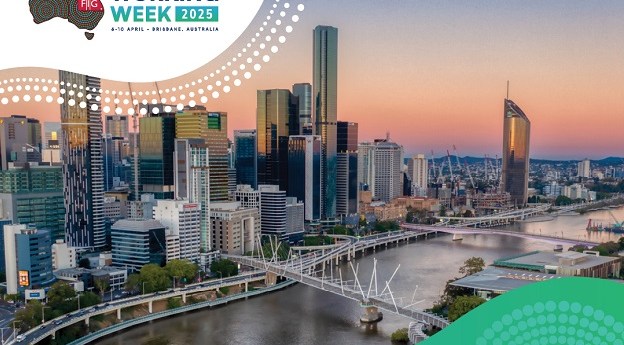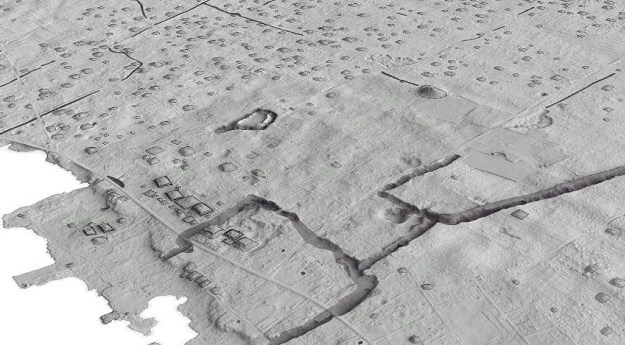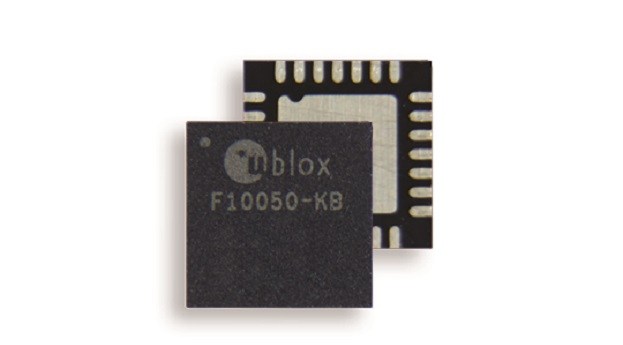
LeoLabs’ Midland space radar in Texas. Image provided by LeoLabs.
Commercial space situational awareness provider LeoLabs will build its third space radar in New Zealand, the first radar of its kind in the Southern Hemisphere.
The announcement has been made just a week after the CSIRO recommended that Australia leverage its geographical position to offer novel space services such as space tracking.
LeoLabs said that the New-Zealand based facility will be the first to be capable of tracking objects as small as two centimetres in low Earth orbit (LEO), and that the firm had also reached an agreement with New Zealand’s Ministry of Business, Innovation and Employment (MBIE) to promote the creation of applications and services that enhance New Zealand’s contribution to the space industry.
Dan Ceperley, LeoLabs CEO, said that basing the new facility in New Zealand was a long term, strategic decision.
“The threats posed to a viable LEO economy and a sustainable space environment escalate with every launch. Our goal is to build out the LeoLabs global space radar network at a pace to match that threat. New Zealand represents the ideal location and partner to take that next step forward,” he said.
The MOU between LeoLabs and the MBIE commits the firm to building its next tracking facility in the country, and a mutual aspiration to expand New Zealand’s capabilities in space-related R&D.
The firm estimates the New Zealand phased-array radar to be completed in mid-2019.
Stay up to date by getting stories like this delivered to your mailbox.
Sign up to receive our free weekly Spatial Source newsletter.






